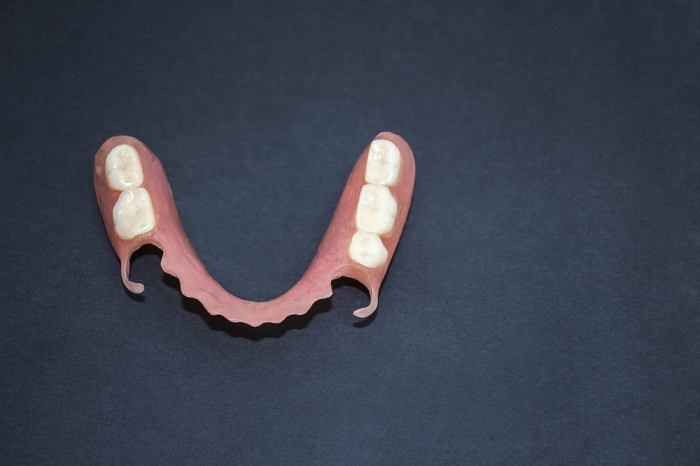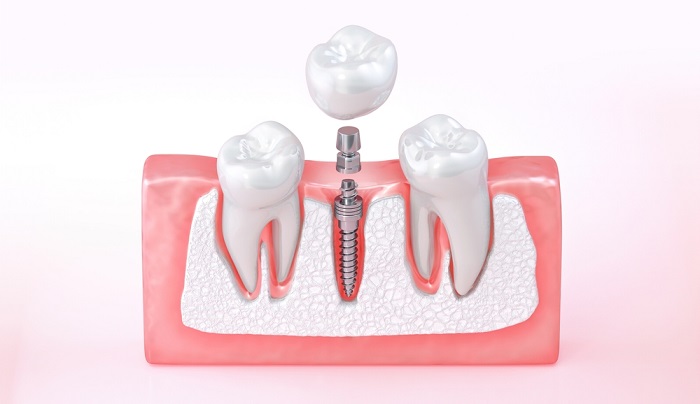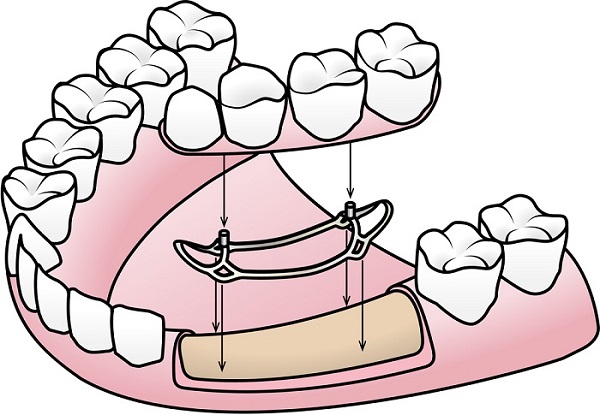Understanding Tooth Filling Cost and Other Considerations
- Sep 10, 2024
Tooth filling is a common dental procedure that is done to restore damaged teeth. The procedure is important for teeth with cavities, cracks or other dental issues. A tooth filling is done to restore the function and structure of the tooth; it is done when there is decay, trauma or wearing of teeth. When your dentist diagnoses a cavity, they clean and remove the infected part, and to restore the function and aesthetics a filling is done. Fillings not only restore the function of the teeth but also improve the aesthetics of the tooth.
This blog will explore what fillings are when they are necessary and the types and costs of tooth filling.
Why Do You Need Tooth Filling?
Cavities
It's important to fill the teeth with cavities to prevent further infection.
Crack or Chipping
It is important to treat teeth that get chipped or cracked due to trauma or biting on hard substances. This is done to avoid any sensitivity or discomfort.
Worn Teeth
It is necessary to fill teeth that get worn out due to age, grinding habits, or high intake of acidic food.
Root Canal Treatment
After removing the deep cavity during root canal treatment, it is important to get filling done to restore the function of the teeth.
Factors Influencing Tooth Filling Costs
The tooth filling cost in India may vary depending on the location, the material used, and the dentist's experience. Generally, amalgam filling is more cost-effective than composite filling because of the material used.
Tooth Filling Cost in Bangalore
For amalgam filling, the cost is ₹300 to ₹2,000. For a composite filling, it is ₹1,000 to ₹4,000. Tooth filling costs in Bangalore will range similarly but may vary due to location. Tooth filling costs in Chennai will be on the higher end due to the advanced facilities. Tooth filling cost in Mumbai ranges between ₹500 to ₹2,500 due to its high demand and experienced dentists. If you wish to know the local charges for the procedure just search for “tooth filling cost near me” and you will get an accurate estimate for the same.
Types of Filling Material
There are many types of options available for filling, and each material has different uses, which you can choose according to the condition and budget.
Amalgam Filling
They are durable materials made of a mixture of metals; they are preferred in the back teeth due to their metallic colour. Due to the material used, they have high strength and longevity and are cost-effective. However, it can be a downside for patients who are looking for an aesthetic option.
Composite Filling
Composite resin matches the tooth colour, which gives them a natural look. This makes it the preferred choice for front teeth or visible areas. The composite filling is also durable but not as much as amalgam filling.
Ceramic Filling
These fillings are made from porcelain, which makes them highly aesthetic. They are even more resistant to staining than composite filling. Ceramic fillings are more expensive than other fillings.
Glass Ionomer Filling
These fillings are made from glass and acrylic that release fluoride, which prevents the tooth from further decay. They are best suggested for kids as they cannot be subjected to high pressure. Their wear resistance and durability are lower than other options.
Tooth Filling Procedure
Initial Consultation
The dentist will check the cavity and, if the cavity is deep, will suggest an X-ray, which will give the dentist an idea of the cavity's depth.
Anesthesia
In some cases, where the cavity is deep, it may require administering anesthesia to numb the area to avoid pain and discomfort.
Removing the Decay
The dentist will use a special tool to remove the decayed parts from the tooth.
Cleaning the Tooth
After the decay is removed, the area is cleaned to remove any debris if left; this step is important to prevent any further infection in the teeth.
Filling the Cavity
Once the above steps are done, the cavity is filled with the chosen filling. When composite filling is used, each layer is hardened with the use of special light.
Shaping and Polishing
Once the filling is done with the desired material, the last step involves shaping and polishing to ensure a smooth surface and a proper bite alignment.
Post-Procedure Instruction
Once the procedure is over, your dentist will provide you with a set of instructions which need to be followed for a better outcome. The instructions will include the food and drinks that are initially restricted.
Aftercare for Filling
It is important to take care of filling for its longevity.
Avoid Hard Food
For the initial 24 hours, it's important to avoid any hard or sticky food to prevent the filling from dislodgement.
Maintain Good Oral Health
You should brush and floss regularly to keep the area around the filling clean.
Regular Dental Checkups
To ensure that the filling is in good condition or any other dental issue, it is important to have regular visits to your dentist.
Watch the Sensitivity
In some cases, you might experience sensitivity around the filled tooth for the initial few days. If the sensitivity persists, consult your dentist.
ConclusionTooth filling is an important procedure to restore damaged teeth. By understanding the types of filling material, the procedure involved, and the importance of post-procedure care, you can make an informed decision. The cost of tooth filling in India may vary depending on the type of material used, the location of the clinic, and the dentist's experience.


















































.jpg)
.jpg)
